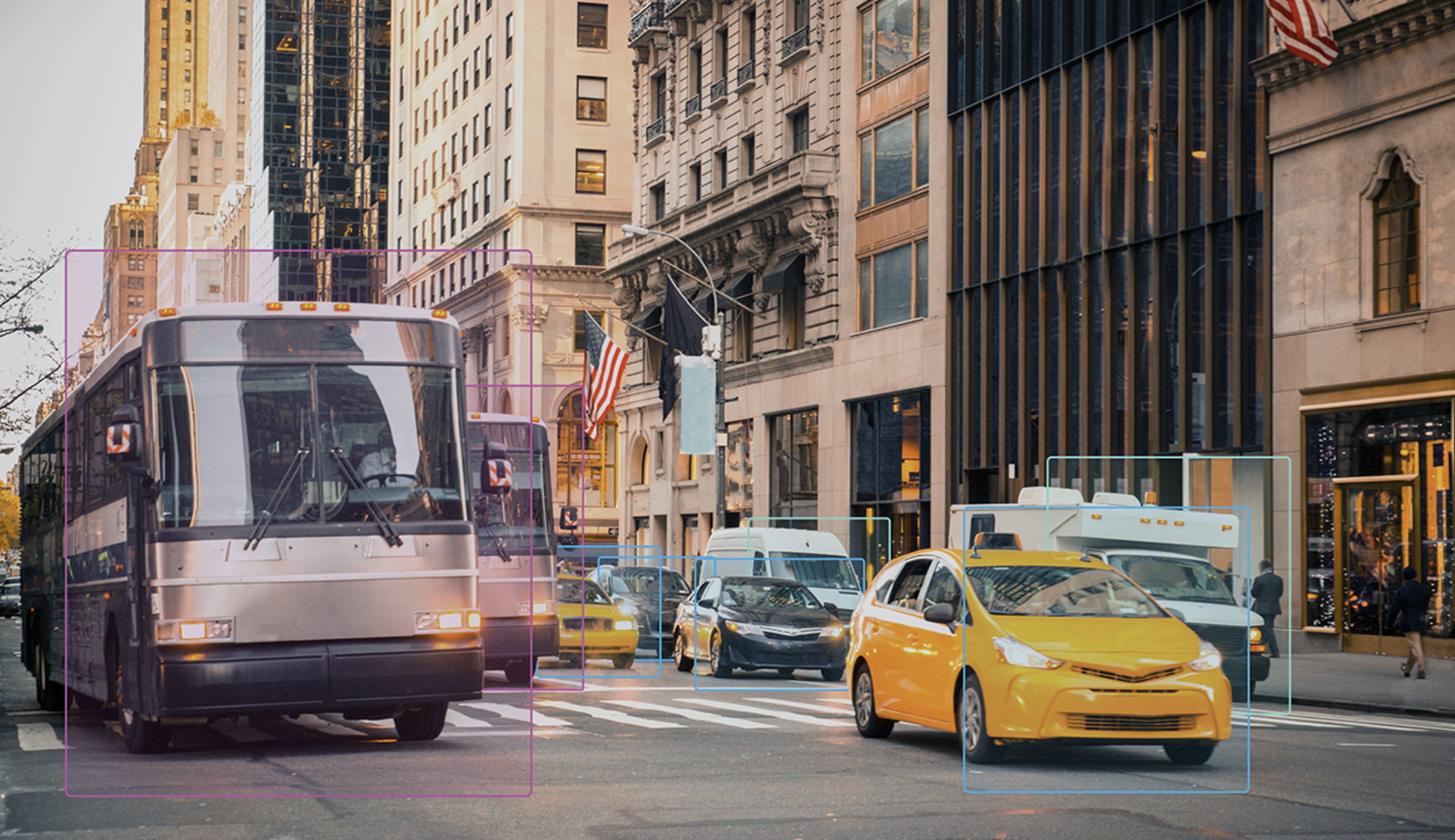 (Photo: Moving Cooler)
(Photo: Moving Cooler)Anyone who kept tabs on the House's climate change bill last month recalls much acrimonious ado about the plan's impact on average American pocketbooks. The GOP tossed out cost estimates that turned out to be manipulated, while nonpartisan projections showed the bill actually saving money for low-income families.
But the unfortunate truth about the House climate bill is how little incentive it provides for reducing the carbon footprint of the nation's transportation sector, which accounts for about 30 percent of total U.S. emissions.
So how much would it cost to seriously tackle transportation emissions, through transit expansion, land use, and strategies to encourage less driving? A new report released this morning by a coalition of government agencies and environmental groups offers a groundbreaking answer to that question.
The Moving Cooler report, as it's known, divided an array of emissions-reduction tactics into bundles, reflecting the likelihood that several of them will be instituted at once as part of a larger climate effort.
Pictured above is the chart that depicts the "long term/maximum results" bundle -- in plain English, a package deal of congestion pricing, high-speed rail, expanded transit and inter-city passenger rail, car-sharing, more HOV lanes, and increased highway capacity to clear bottlenecks.
The estimated savings from those proposals begin to outweigh the costs of implementation around 2016, according to the report, which was co-sponsored by the Federal Highway Administration and Federal Transit Administration.
But for other bundles of tactics, the savings from reducing emissions are more immediate; for others, they are more far-off. What about a package focusing on improving the efficiency of transportation systems, with highway expansion, speed limit reductions, and freight capacity boosts, but less attention to transit and rail?
That bundle would begin to save money by around 2022, the report found, with total savings reaching a peak of $80 billion per year in present-day dollars. Adding transit and rail to the mix nearly doubles the estimated savings, as the chart depicted above shows.
Another bundle of tactics focused on those that can be implemented right away at a low cost, though some of them also face considerable political opposition: congestion pricing, urban parking restrictions, transit fare reductions, and eco-driving. That package saves money almost immediately, the report's authors found.
Implementing the report's full array of solutions would result in estimated emissions reductions of as much as 24 percent every year. If that could be achieved, by 2050 the transportation sector would have provided one-fourth of the total greenhouse gas cuts required under the House climate bill. Of course, that's a tremendous "if."
The process starts, as one panelist involved in the report noted today, by recognizing that transportation has a major role to play in the climate bill and making it a prominent part of the discussion -- more prominent, even, than the debate over how long to wait before re-writing federal transportation policy.





